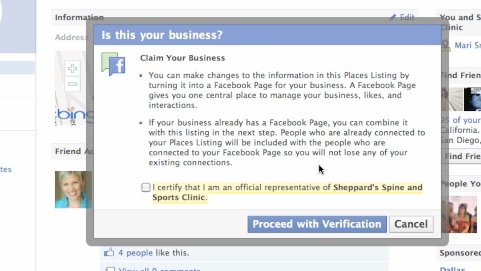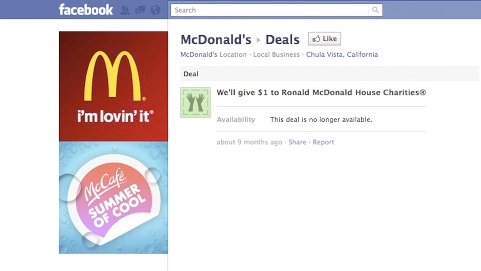
Image credit: Financial Times
It’s hard to believe, but mobile marketing didn’t really get going in earnest until Apple launched its App Store in 2008. Three years later there are now marketplaces on all five major device platforms - Apple’s iOS, Android, BlackBerry, HP WebOS and Windows Mobile. What’s more, there seems to be a constant footrace between brands not only to be first to market with their own apps, but to refresh them for a fickle public.
Some of what’s driving this is the zeitgeist. Overnight, it seems, apps have become deeply embedded in our culture. To stand out at a dinner party you better pack some apps. The New York Times now has a weekly column covering them. And even Sesame Street, arguably a mirror image of American society, posted a video ode to apps on YouTube that has been viewed nearly 750,000 times.
This columnist, too, has gone ape for apps. A year ago I posited that, as smartphone and tablet adoption rise, mobile applications could unseat the web as the primary means we interact with content. Now I am second guessing myself. Things are once again changing.
This summer, the app ecosystem started to show signs that it maybe fraying at the edge. Several major players in media and social networking including the Financial Times, Twitter, LinkedIn and
Facebook have all launched rich web applications. These sites, thanks to the magic of HTML5, run in any modern browser and come very close to matching the functionality of their “native” app cousins.
Now none of these companies has abandoned their Apple or Android apps. Still, the sudden interest in web apps is notable. There are arguably three factors driving it.
First, HTML5 has finally matured into a strong alternative to native iOS and Android apps. These web apps can even run offline.
Second, it shows that perhaps developers are frustrated that they need to support multiple platforms. Android devices alone come in so many shapes, sizes and resolutions, that supporting them is a difficult and expensive challenge. Web apps solve this conundrum.
Finally, there’s freedom. Apple, most notably, recently changed the way that developers can sell content from within their applications. If a developer links out to their own online store, they must also allow consumers to purchase content using an iTunes account. However, Apple takes a 30% cut of the latter.
Most content companies have reluctantly relented to Apple’s rules. However, a few, notably Amazon, chose not to provide any e-commerce functionality in their iOS ebook apps. Amazon instead responded by launching the Kindle Cloud Reader, a web application that runs in a browser across multiple platforms. It features a rich, engaging shopping and reading experience that rivals their native apps. Downloaded books can also be read offline.
To date, no major brand has made the jump to prioritize an HTML5-based web application over a native app. This is for a good reason. Most consumers are still downloading smartphone and tablet apps in droves.
However, this could change over time as marketers get more comfortable developing for mobile devices, start dabbling with new web development tools from the likes of Adobe and aspire to exert greater control over user experience.
Here are three trends to watch when considering your own strategy.
First, there’s Apple. To date, the company has backed off on some of its more draconian policies. Still, they remain strict. However, if more companies start to prioritize their web apps over iOS apps, Apple may blink to protect its ecosystem and relent further.
Second, there’s Google. While Google has thousands of native applications in its Android Marketplace, the company has also been actively promoting HTML5 as an emerging alternative, starting with its own sites. Web applications are arguably more important to Google than native apps. They encourage users to browse and search more and thus could drive ad revenue.
Finally, there’s the global economy. The fragmentation in mobile space shows no signs of abating. Marketers may decide it’s more cost effective to develop a strong web application and control the experience end-to-end, rather than support hundreds of phone and tablet formats.
Time will tell how this all shakes out. Remember that just a few years ago there were hardly any mobile applications. Today there are hundreds of thousands of them. Things can change fast if developers are motivated.




 And the reasons are only getting stronger: If you add up Bing and Yahoo! search queries you might get an accurate picture of what the future looks like for your blog and it’s traffic from Bing since Yahoo!’s search engine is going to be powered by Bing (and co-branded with “Powered by Bing”) starting in
And the reasons are only getting stronger: If you add up Bing and Yahoo! search queries you might get an accurate picture of what the future looks like for your blog and it’s traffic from Bing since Yahoo!’s search engine is going to be powered by Bing (and co-branded with “Powered by Bing”) starting in 
